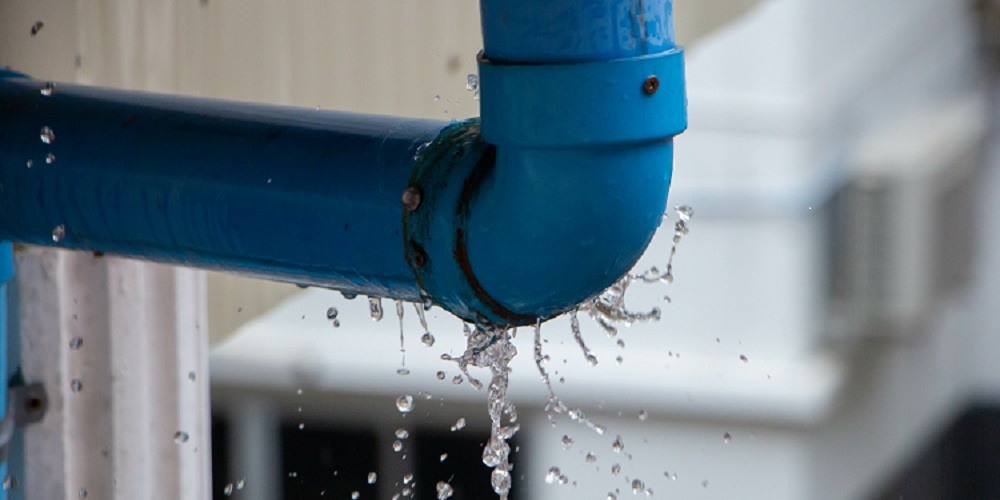Presented here below you will discover additional helpful data around Finding hidden leaks.

Early detection of dripping water lines can reduce a potential catastrophe. Some tiny water leakages may not be visible.
1. Take A Look At the Water Meter
Every house has a water meter. Examining it is a surefire manner in which helps you find leakages. For starters, shut off all the water resources. Guarantee no person will flush, make use of the tap, shower, run the washing machine or dishwashing machine. From there, most likely to the meter and also watch if it will alter. Considering that no person is utilizing it, there should be no motions. If it relocates, that shows a fast-moving leakage. If you detect no changes, wait an hour or 2 and also examine back once more. This indicates you might have a sluggish leak that could even be below ground.
2. Examine Water Usage
If you find abrupt adjustments, despite your usage being the very same, it means that you have leaks in your plumbing system. An unexpected spike in your expense shows a fast-moving leakage.
On the other hand, a consistent rise every month, even with the same practices, shows you have a sluggish leak that's likewise gradually intensifying. Call a plumber to completely check your building, particularly if you feel a cozy area on your floor with piping below.
3. Do a Food Coloring Examination
30% comes from toilets when it comes to water intake. Test to see if they are running properly. Decline specks of food shade in the tank and also wait 10 minutes. If the color in some way infiltrates your bowl throughout that time without flushing, there's a leak in between the container as well as dish.
4. Asses Exterior Lines
Do not neglect to check your outdoor water lines as well. Examination faucets by affixing a yard hose. Ought to water leak out of the connection, you have a loosened rubber gasket. Change this as well as make sure all links are limited. It will certainly assist obtain it professionally checked out and also kept annually if you have actually obtained a lawn sprinkler system. One small leakage can lose tons of water and also surge your water bill.
5. Examine and also Evaluate the Scenario
Property owners need to make it a practice to inspect under the sink counters and also even inside cupboards for any type of bad odor or mold and mildew development. These two red flags suggest a leakage so punctual attention is required. Doing routine examinations, even bi-annually, can save you from a major issue.
Inspect for stainings as well as damaging as many devices and pipelines have a life span. If you believe leaking water lines in your plumbing system, don't wait for it to intensify.
Early discovery of leaking water lines can reduce a prospective calamity. Some little water leaks may not be visible. Inspecting it is a proven means that aids you discover leaks. One tiny leak can waste heaps of water and surge your water expense.
If you presume leaking water lines in your plumbing system, don't wait for it to escalate.
WARNING SIGNS OF WATER LEAKAGE BEHIND THE WALL
PERSISTENT MUSTY ODORS
As water slowly drips from a leaky pipe inside the wall, flooring and sheetrock stay damp and develop an odor similar to wet cardboard. It generates a musty smell that can help you find hidden leaks.
MOLD IN UNUSUAL AREAS
Mold usually grows in wet areas like kitchens, baths and laundry rooms. If you spot the stuff on walls or baseboards in other rooms of the house, it’s a good indicator of undetected water leaks.
STAINS THAT GROW
When mold thrives around a leaky pipe, it sometimes takes hold on the inside surface of the affected wall. A growing stain on otherwise clean sheetrock is often your sign of a hidden plumbing problem.
PEELING OR BUBBLING WALLPAPER / PAINT
This clue is easy to miss in rooms that don’t get much use. When you see wallpaper separating along seams or paint bubbling or flaking off the wall, blame sheetrock that stays wet because of an undetected leak.
BUCKLED CEILINGS AND STAINED FLOORS
If ceilings or floors in bathrooms, kitchens or laundry areas develop structural problems, don’t rule out constant damp inside the walls. Wet sheetrock can affect adjacent framing, flooring and ceilings.
https://www.servicemasterbyzaba.com/blog/how-to-detect-water-leakage-in-walls/

Do you appreciate reading about Top leak detection hacks? Give a short review down the page. We'd be glad to listen to your opinion about this blog entry. Hoping to see you back again later on. Are you aware of another person who is very much interested in the niche? Be sure promote it. Thank-you for your time invested reading it.